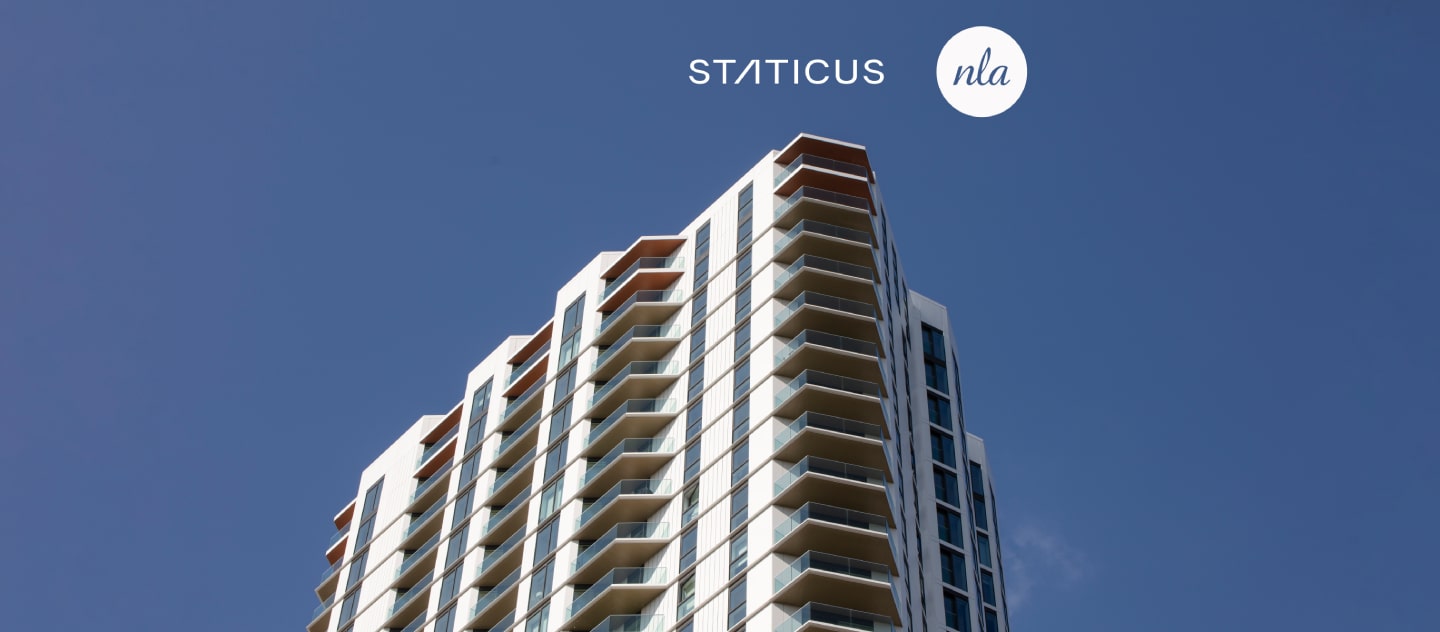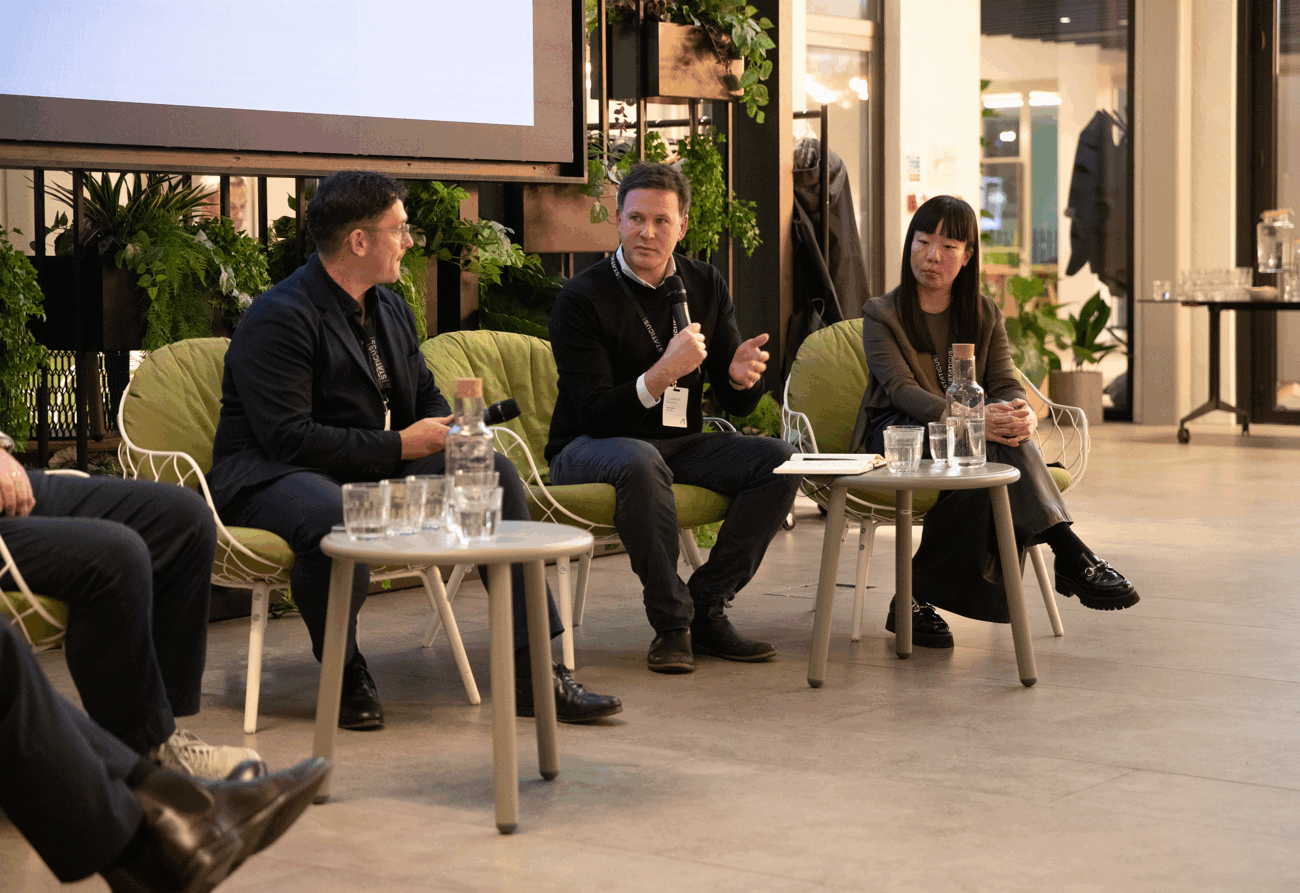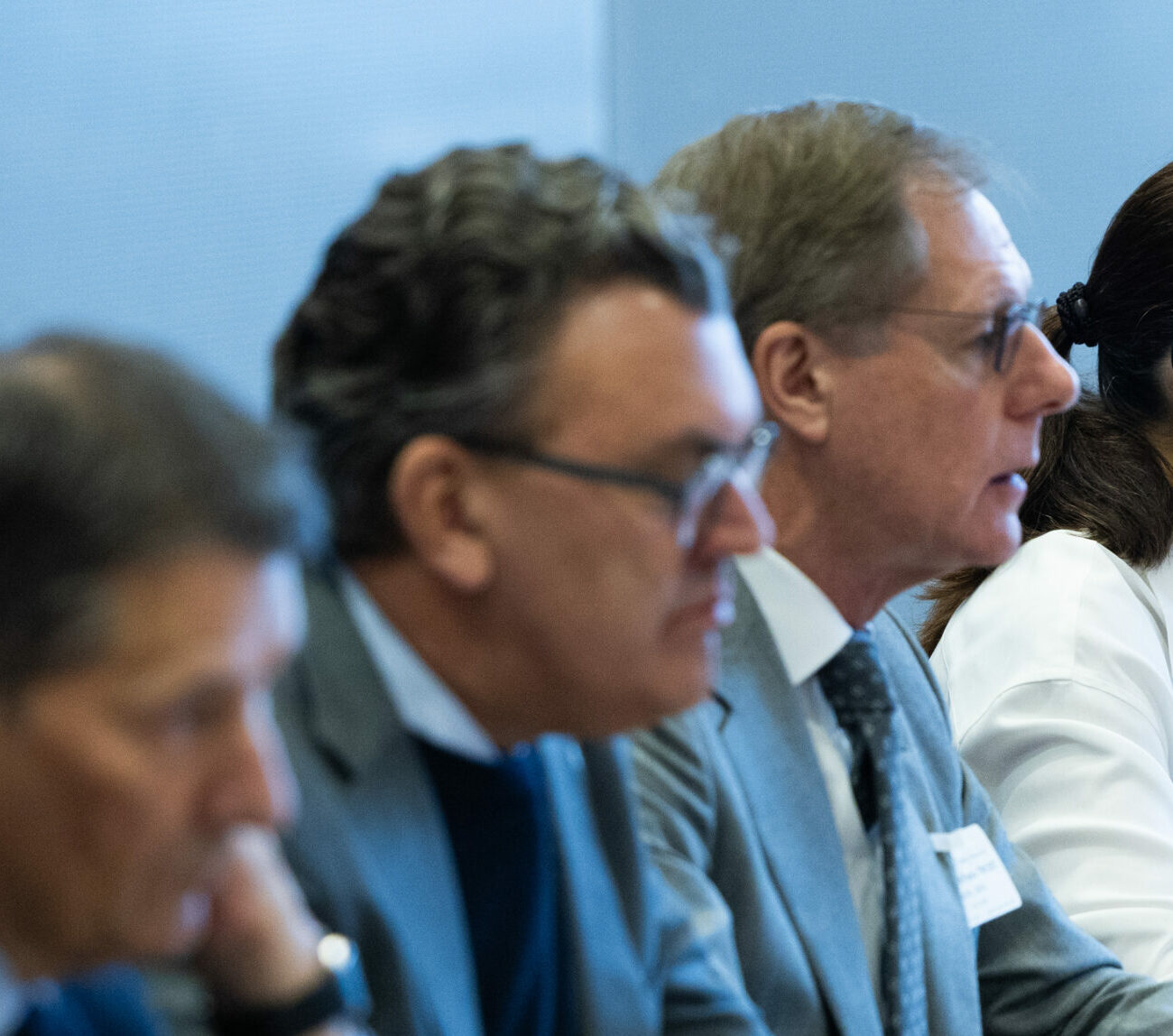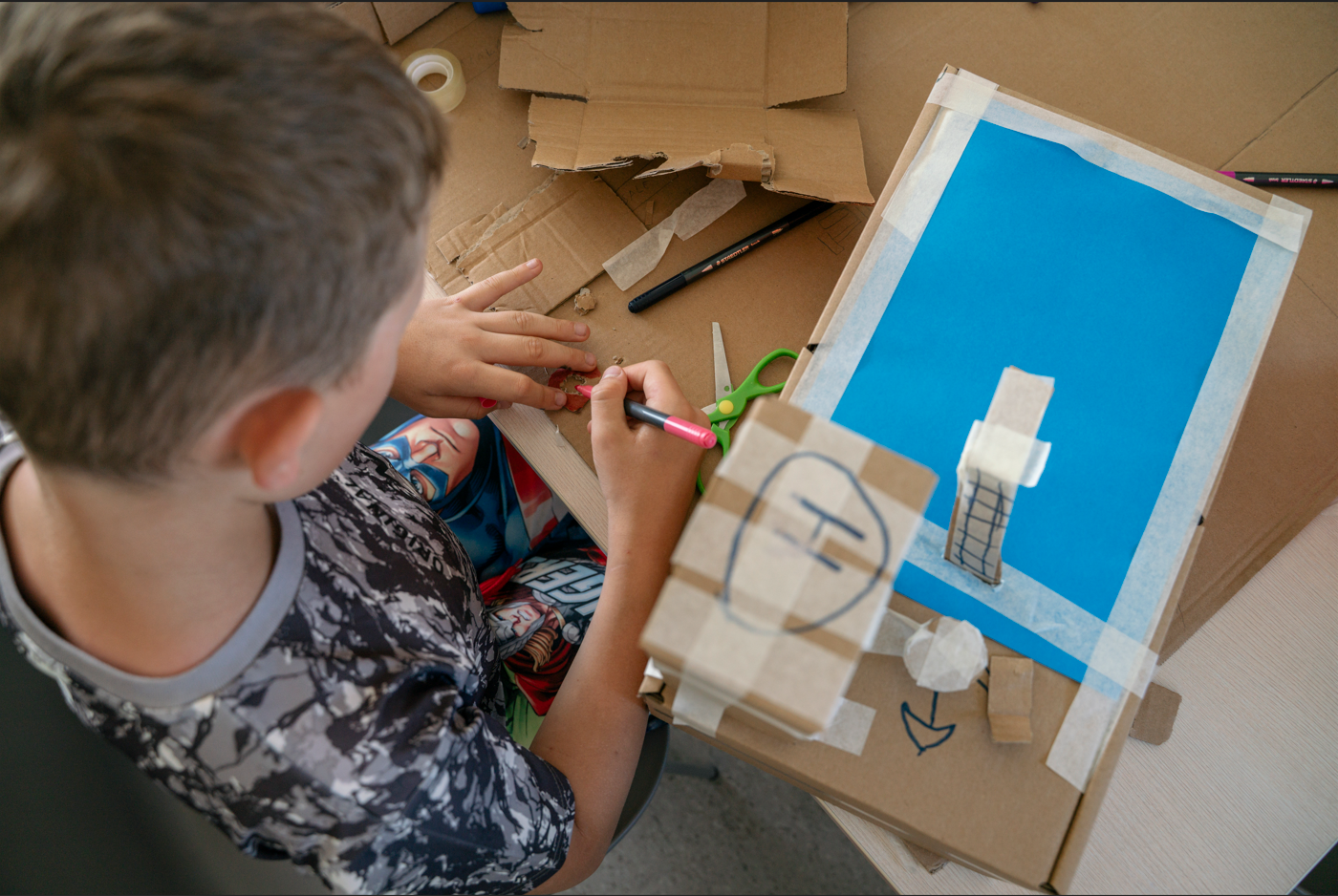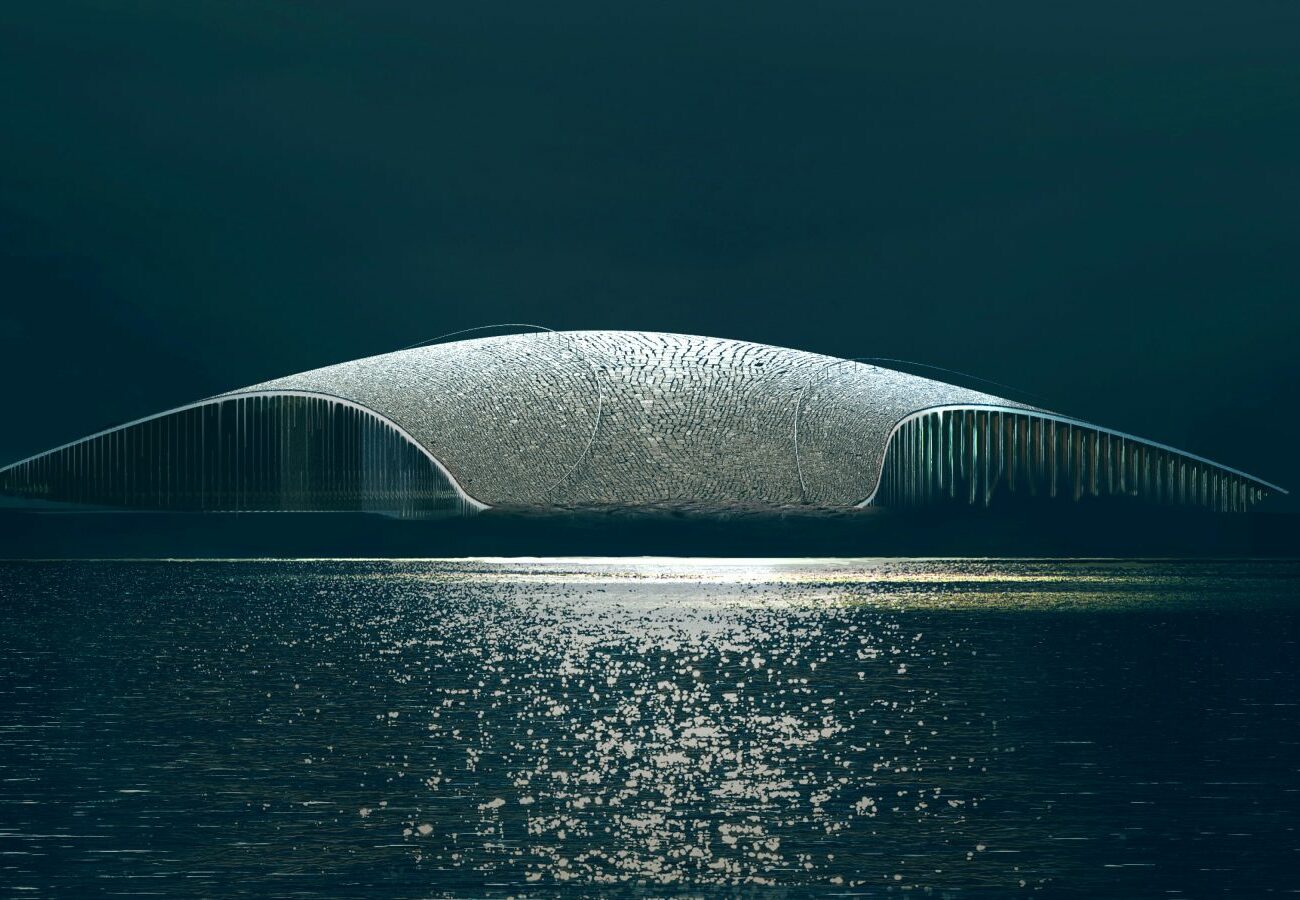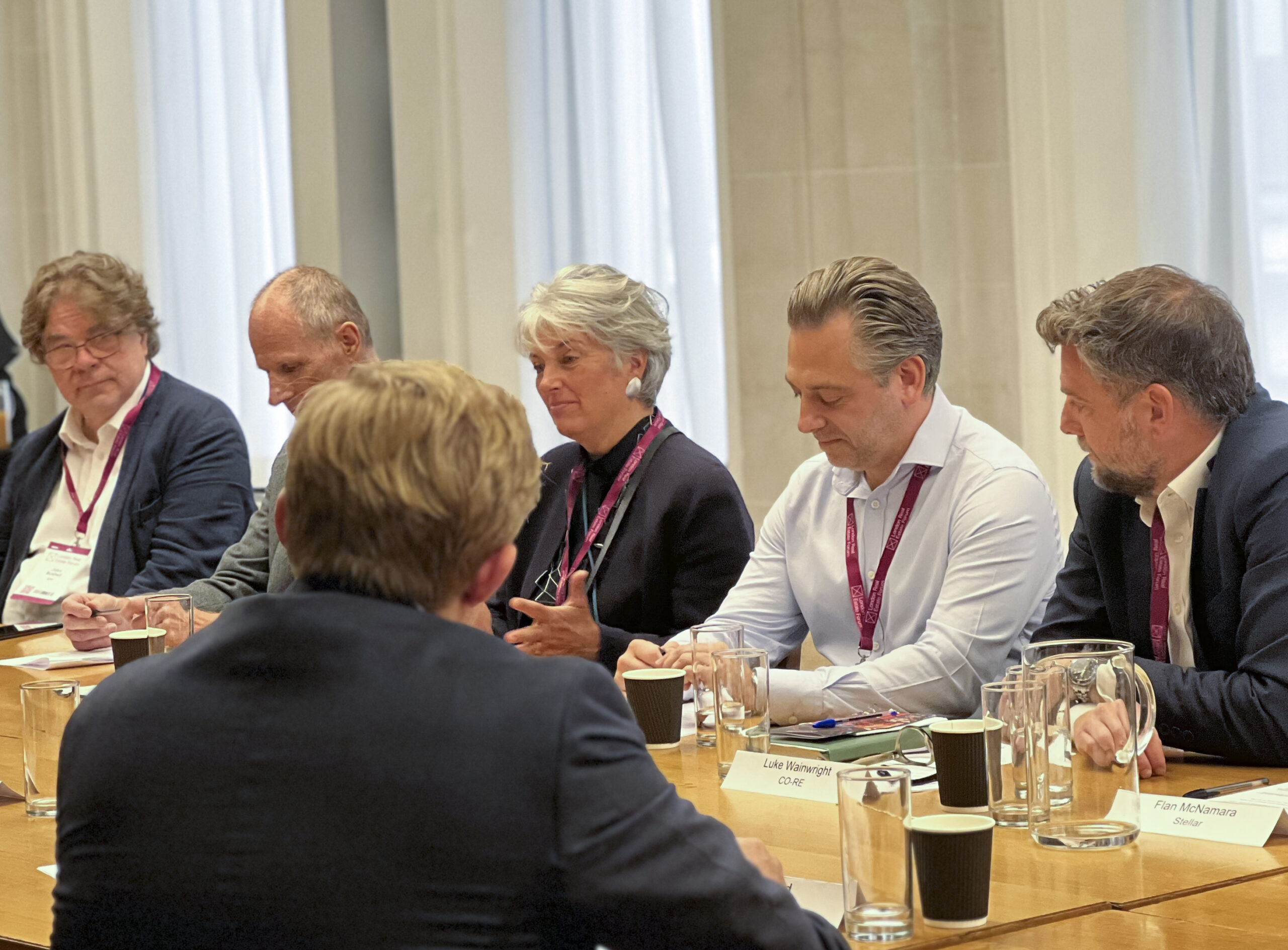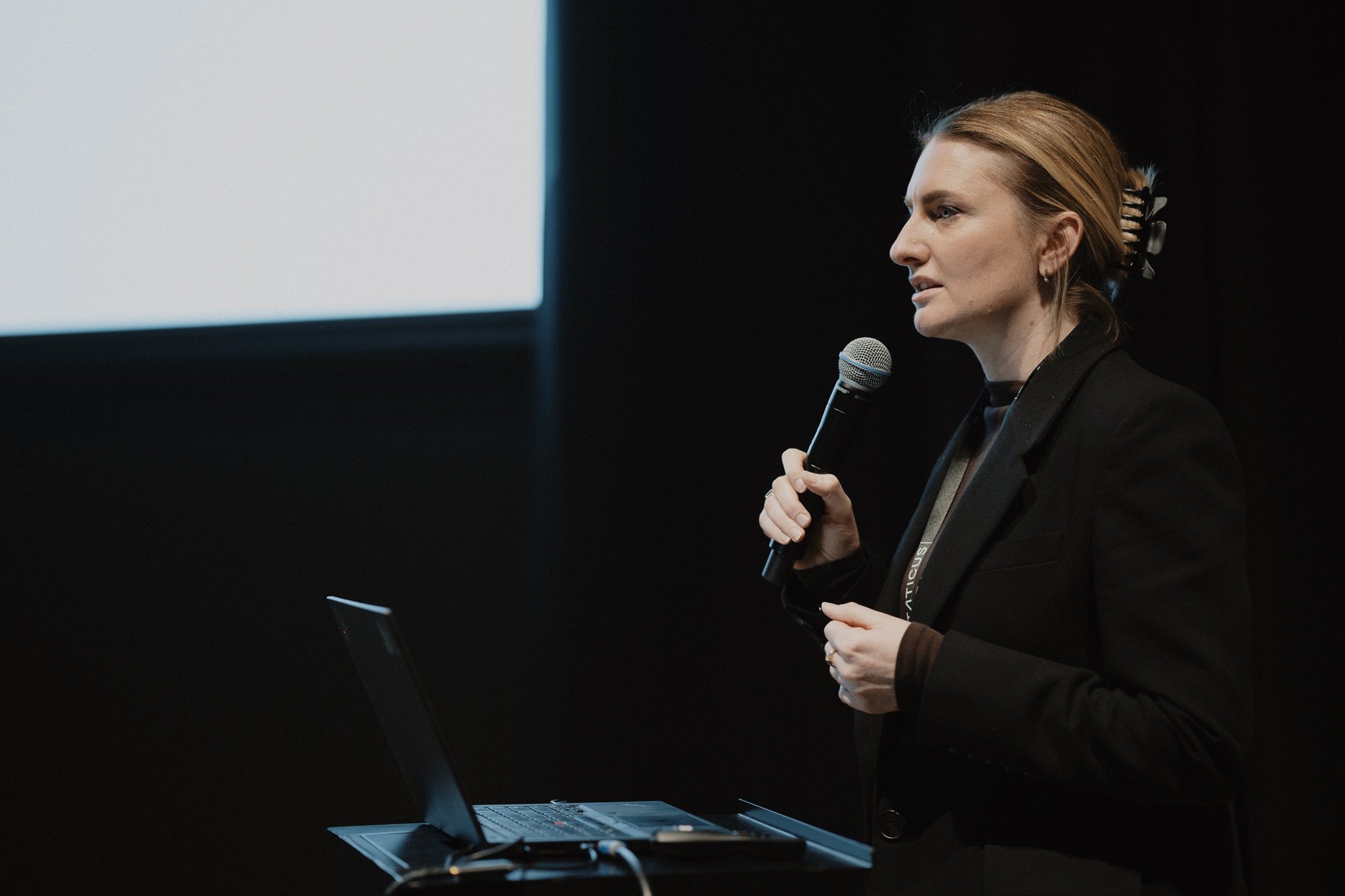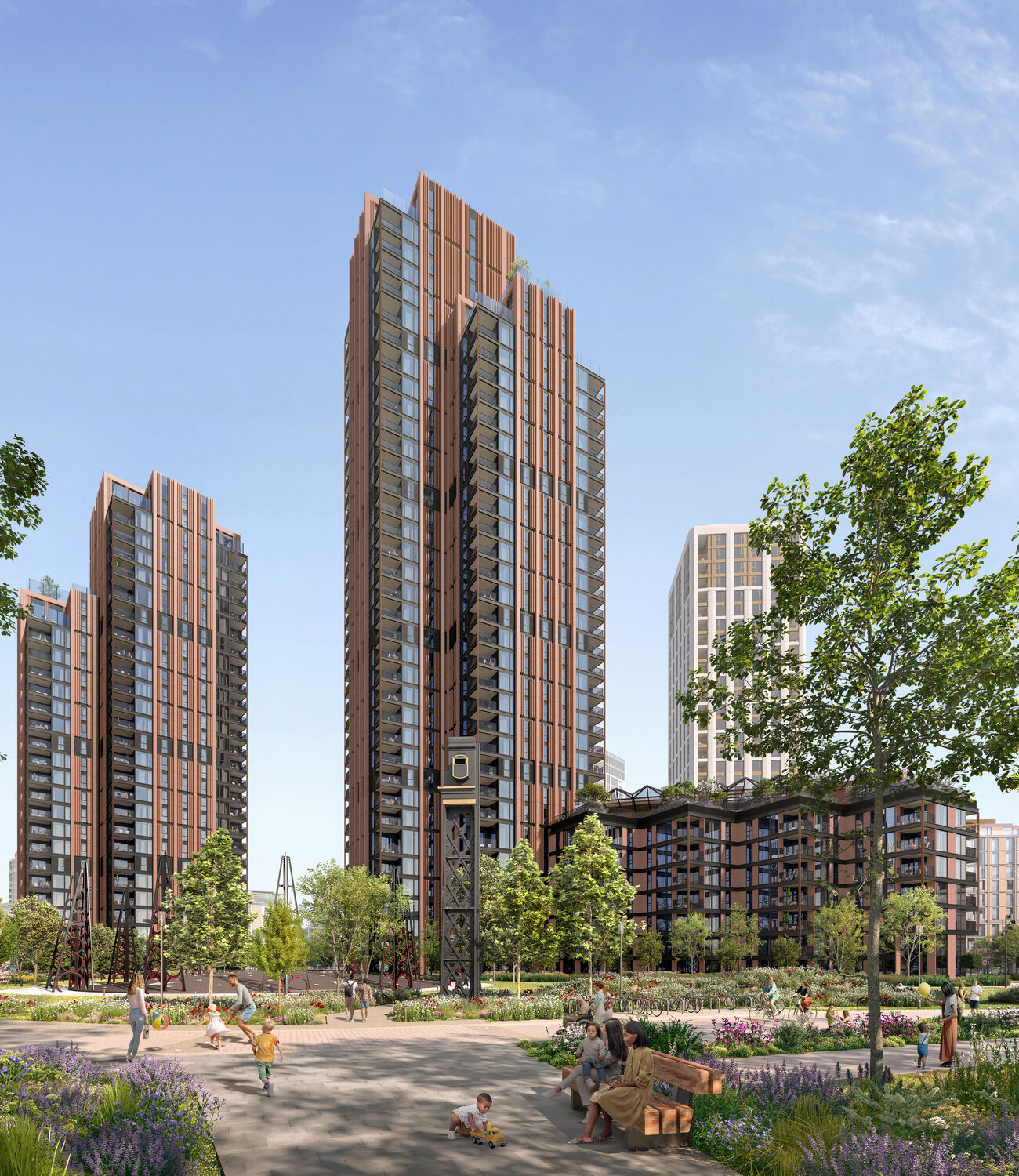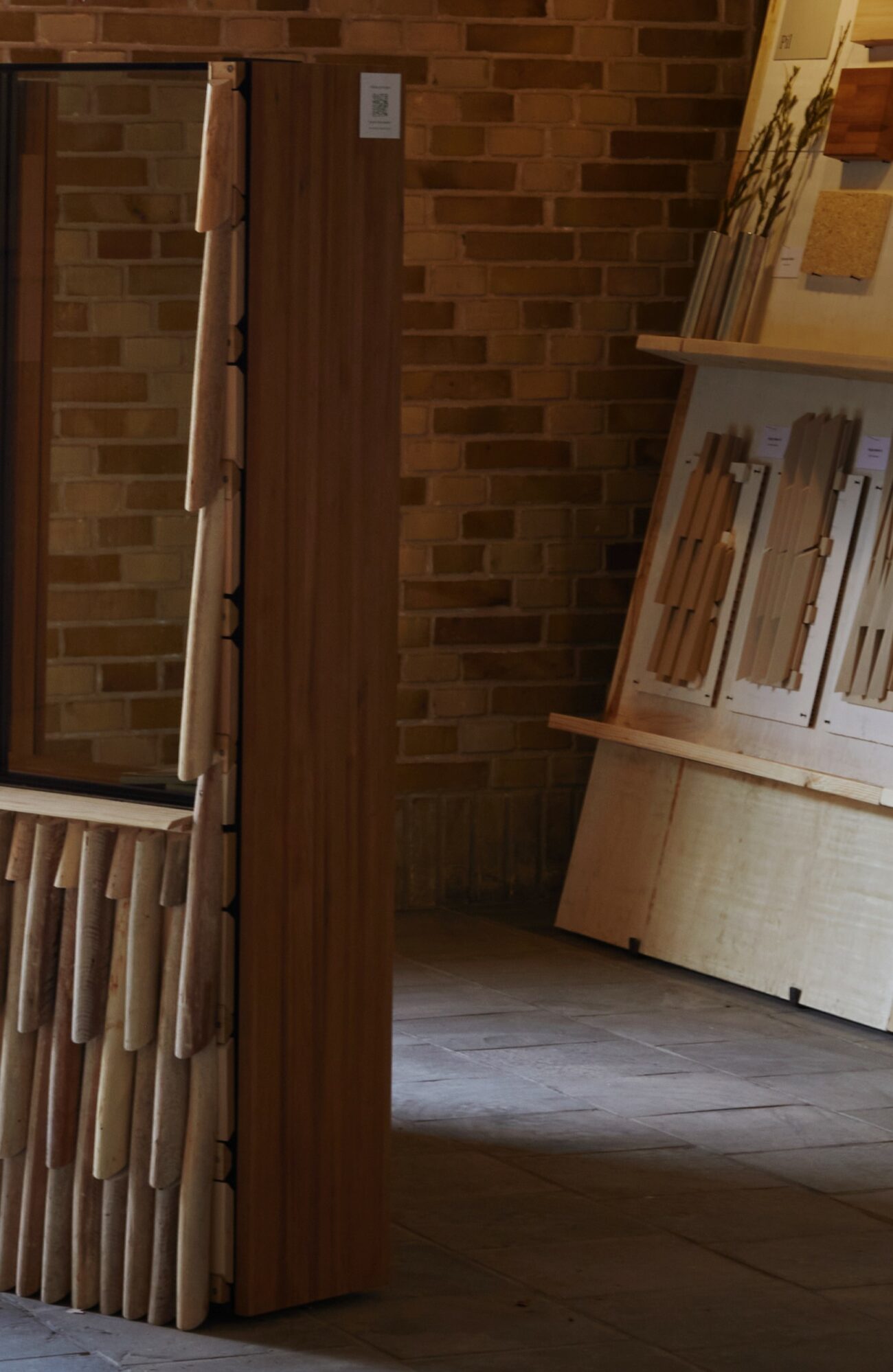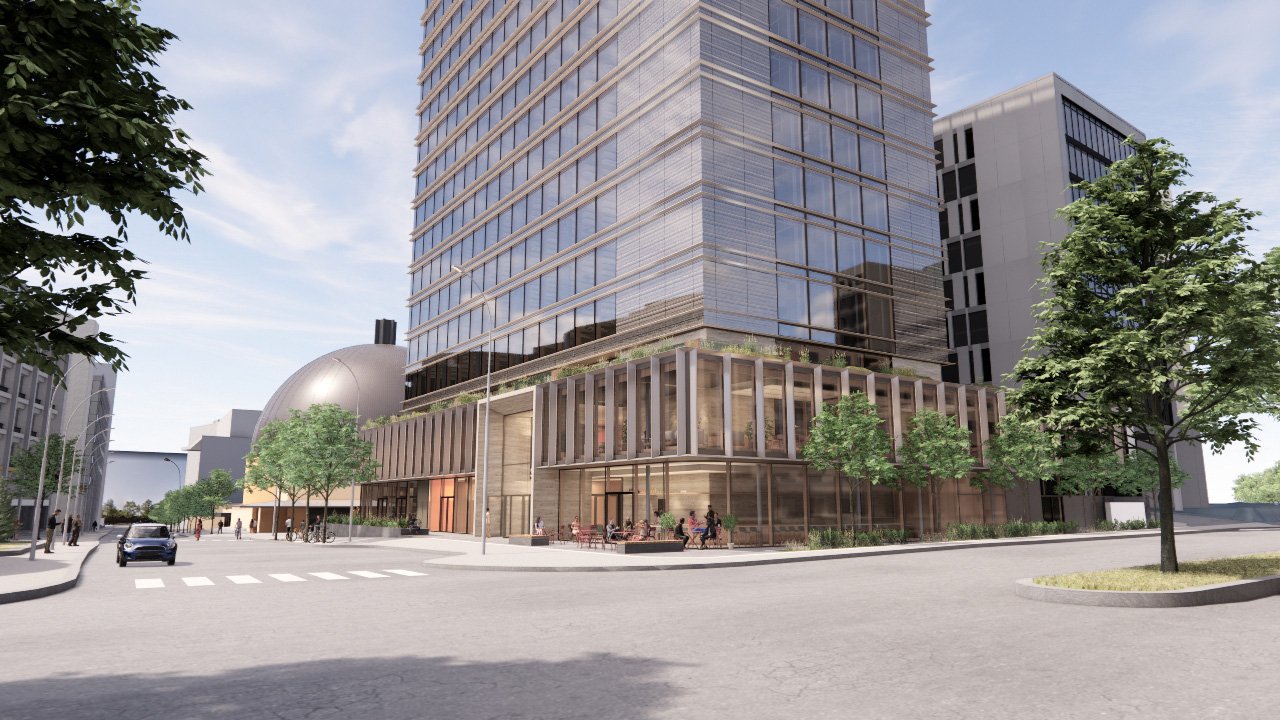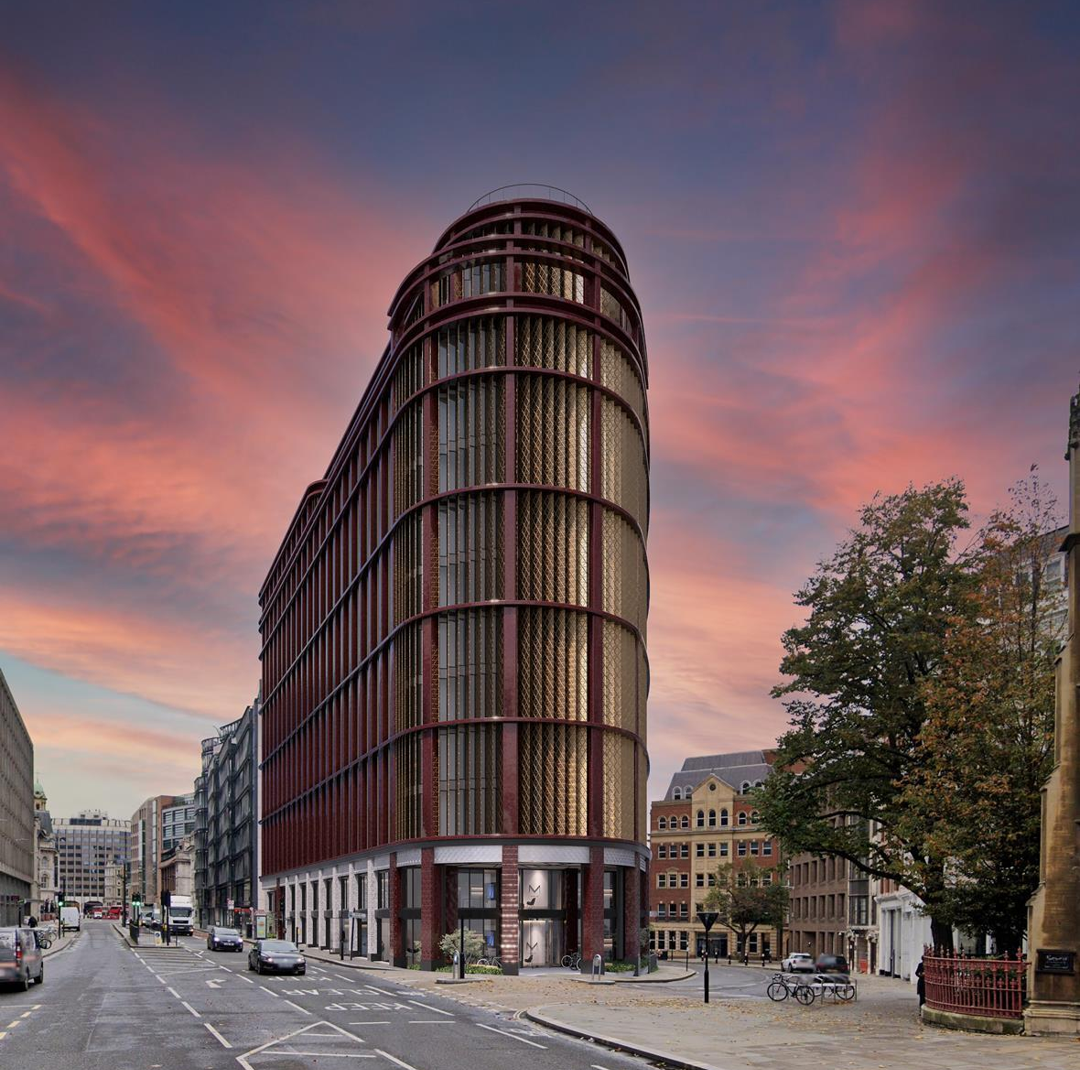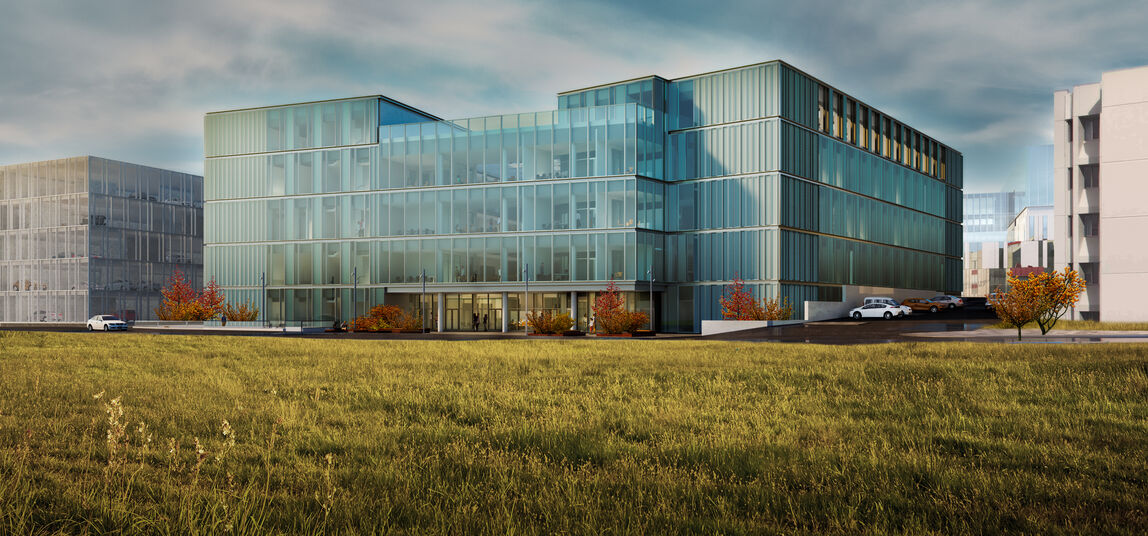Sustainability is a guiding value at Staticus, and we believe that dialogue and knowledge sharing are key in developing more sustainable cities. That is why we are proud to become a member of New London Architecture (NLA), an independent organisation for discussion about planning, development, and construction in the UK capital.
A community with a mission
NLA has a strong community focus. The organisation brings together a range of people with the goal of creating a better planned, designed and managed built environment. Furthermore, it works to guide and influence policymakers and professionals, and engage the public.
NLA offers a range of programmes. Regular activities include research projects, public events, roundtable discussions and training. As a partner, we intend to be very actively involved in these activities, including being on discussion panels as speakers, and participating in and even organising events.
Of crucial importance for us is the fact that the programmes offered by the organisation have a very strong focus on sustainability. For example, NLA’s Net Zero Programme is oriented around the role the built environment plays in meeting London’s target of becoming carbon neutral by 2050. The programme’s focus areas include the adaptability and flexibility of building stock and green infrastructure.
Building circular cities
Our Sustainability Lead Anastasiya Popova has recently participated in Staticus’ first NLA event – a roundtable discussion titled “Circular London: building a renewable city”. The event, part of NLA’s NetZero Programme, brought architecture and construction professionals together to discuss the potentials, challenges and policies of building a circular city.
Anastasiya says that the NLA discussion was a fascinating opportunity to hear insights about circularity in the built environment from different players in the industry.
“The challenges to implementing circular practices differ depending on your position in the construction industry, so to unite sustainability efforts, it’s crucial to understand each other’s perspectives,” she explains. “For example, from the perspective of a façade contractor, the way the disassembly and reuse processes are designed needs to consider the end-of-life value of façades, as well as the cost of waste. The pricing model must take this into account, which must be accepted by all sides of the contractual agreement, more specifically, by the general contractorgeneralfaçade contractor and the building owner.”
According to Anastasiya, the participants agreed that digitalization is the main requirement to drive the reuse of building components: “This includes solutions such as digital twins or material passports for a building, which could provide the marketplace with information about “second-hand” building components.”
Another interesting discussion point arose around reuse, Anastasiya says.
“Sometimes it’s more energy- and carbon-intensive to repair or remanufacture “second-hand” components to enable reuse. Therefore, a life cycle assessment should always be conducted to assess if reuse is the best solution,” she explains.
The roundtable discussion was part of NLA’s Circular London research, which will result in a report to be published ahead of Ecocity World Summit London 2023. Circular London looks at strategies and case studies that make the best use of new low-carbon and recycled materials, push the boundaries on the “long life, loose fit” approach, make efficient use of energy and of modern methods of construction, and rethink waste management.
